One of the perks of having taught so many wonderful crafters how to rag rug over the years is that I’ve noticed which questions come up time and time again. So, I’ve picked my most frequently asked Rag Rugging questions and have answered them in the hope that they’re both useful and interesting to everyone.
If you have any other questions you think I should answer on the blog, please comment below or send them over to hello@raggedlife.com 🙂 So, here it goes…
1) How much fabric does a rag rug take?
This is a toughy to answer as it depends on a number of factors. Namely:
- Which of the two rag rugging techniques you’re using – shaggy rag rugging tends to use about 50% more fabric than loopy rag rugging.
- The thickness of the fabric used – thicker fabrics cover more of the hessian than thinner ones.
- How tightly you rag rug – some people leave more gaps in their rag rugging than others which allows them to make their fabric go further.
- The length of your shaggy strips or height of your loops.
I tend to measure my fabric consumption by the number of garments used (as clothing tends to be my best source of fabric). As a bit of an experiment, I bought two of the exact same large men’s t-shirts from Sainsbury’s and rag rugged a 10cm deep strip in both techniques to see how much area of the hessian they covered. Below is what I found:
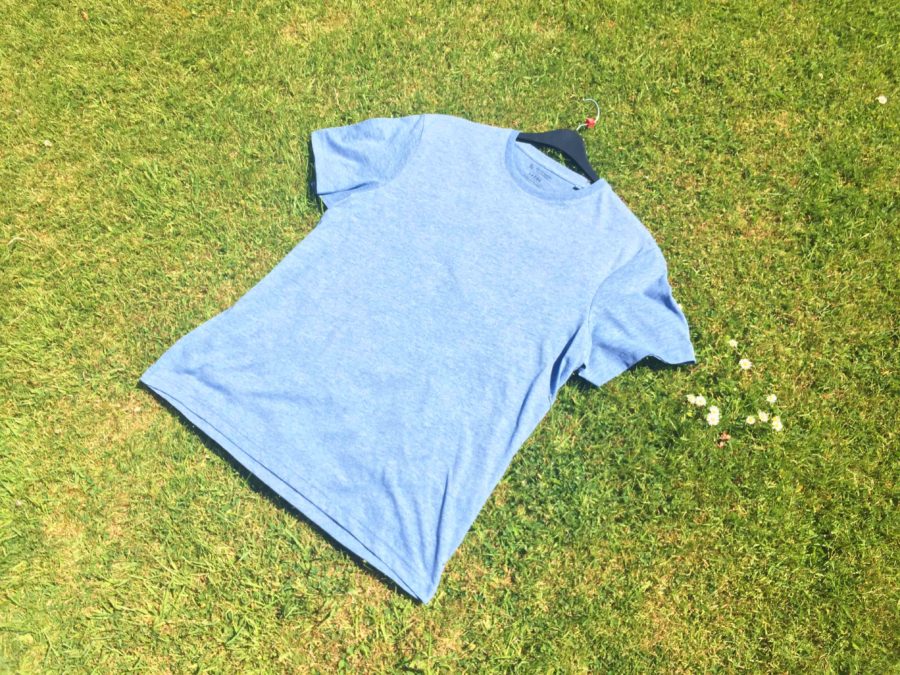
I bought two of the exact same large men’s t-shirt to test how much hessian they would cover in each of the rag rugging techniques.
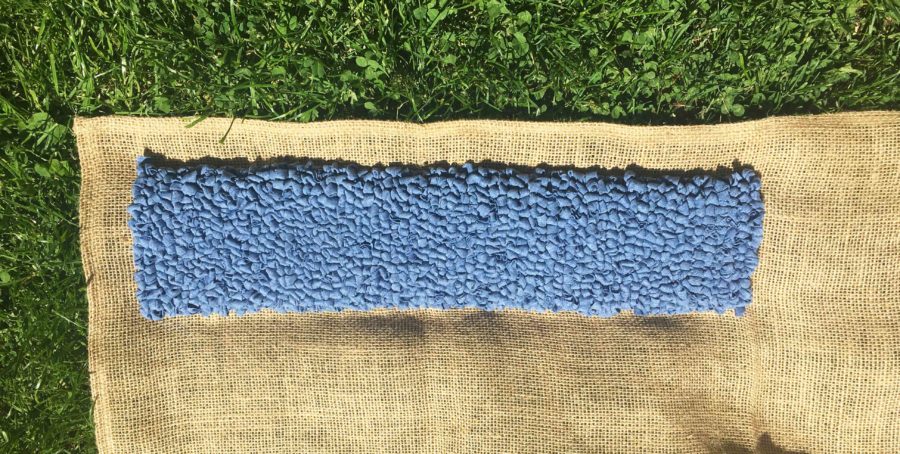
Firstly, I rag rugged one of the t-shirts in the loopy technique. I used as much of the t-shirt as possible (seams and all) and it covered a 52 x 10cm patch of hessian.
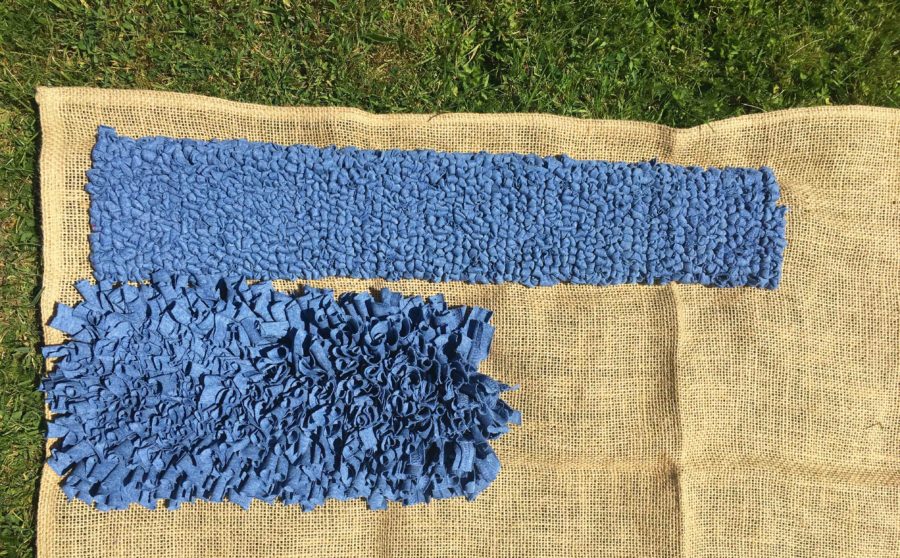
I then rag rugged the second t-shirt in the shaggy technique which covered approximately 27 x 10cm of the hessian. I started the rag rugging on the exact same line of the hessian but the shaggy rag rugging spills over and appears to cover a lot more than the loopy. You can see that the loopy rag rugging covers approximately 50% more of the hessian.
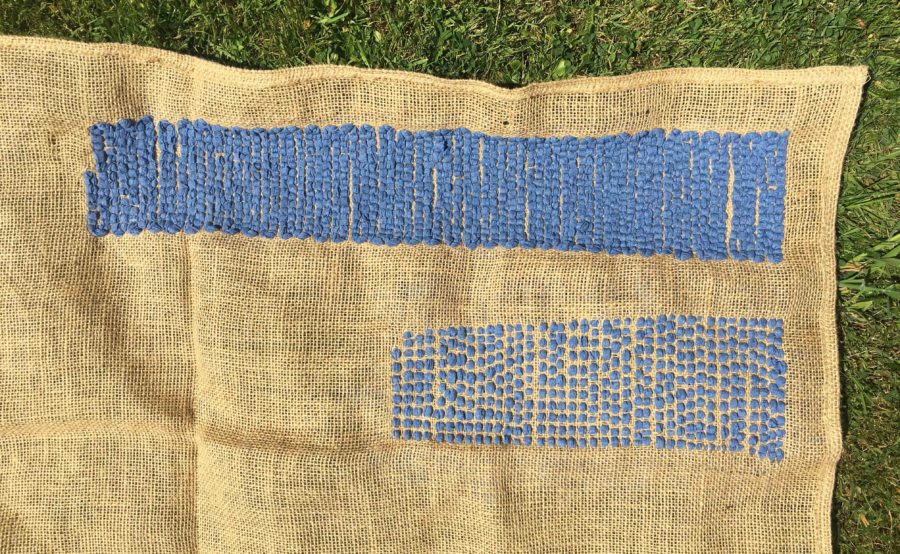
You can see the spacing of the rag rugging from the back. I did this relatively tight as I wanted to replicate how I would rag rug if I was making a rug itself.
You can use these measurement as a rough guide to help you calculate how much fabric you will need for any future rag rug projects.
2) How long does it take to make a rag rug?
This is also a fairly tricky question to answer as it depends on a few things:
- Whether you’re a beginner or not – everyone feels a little cack-handed to start with which obviously slows things down but don’t worry, after a bit of practice you’ll soon be whizzing along (and even able to rag rug in front of the television).
- Which of the rag rugging techniques you’re using – I’m slightly quicker doing the loopy technique because I can get into a better rhythm. It also takes less time to prepare the fabric for loopy rag rugging as you don’t need to cut the long strips into short ones.
- How complicated your design is. When you’re just using one colour to fill in a block (like I have above) it tends to take less time than if you’re doing an actual design (where you have to chop and change between colours and think about what you’re doing a bit more).
- How you cut your material in the first place. If you cut your strips for shaggy rag rugging with a Rag Rug Gauge, it saves you a lot of time and if you cut your strips for loopy rag rugging so they’re as long as possible, that will save you time too.
Fabric preparation:
Cutting up a large man’s t-shirt into long strips to do loopy rag rugging took me approximately 11 minutes and cutting up a large man’s t-shirt into short strips to do shaggy rag rugging took me about 25 minutes total (yes, it took even longer than I thought it would take!)
The rag rugging itself:
Excluding the fabric preparation, it took me 28 minutes to fill a 10 x 10cm square of hessian in the loopy technique. It took me a full two hours to loopy rag rug the entire t-shirt (although I wasn’t speeding along and was making sure I kept things nice and neat).
Excluding the fabric preparation, it took me 33 minutes to fill a 10 x 10cm square of hessian in the shaggy technique and 1 hour, 10 minutes to shaggy rag rug the entire t-shirt. To cover the same amount of area in the shaggy technique as I did in the loopy, it would have taken me approximately double the amount of time – so 2 hours 20 minutes.
3) What materials can you use in a rag rug?
Anything at all. In fact, I encourage people to use a variety of different fabrics in their rag rugging. Not only does the mix of textures make any piece look more vibrant but it also allows you a lot more freedom when choosing colours. A lot of people get lured into the trap of just rag rugging t-shirt material (as it’s one of the nicest fabrics to work with) but this can sometimes look a bit flat and materials that fray look great. I will confess, however, that certain fabrics are easier to rag rug with than others. Denim, in particular, is quite difficult to rag rug with but looks great if you persevere.
Below you can see what a few different materials look like when rag rugged:
NB: If you use the seams of garments in your rag rugging then not only do you get more bang for your buck, but you also run less risk of running short of a particular colour. In the below loopy rag rugging, for example, rag rugging with the seams added on an extra 10 x 8cm. In the shaggy technique, using the seams, allowed me to rag rug an extra 7 rows!
4) Which of the rag rugging techniques is easier?
I find 50% of people find the shaggy technique easier and 50% find the loopy one. Neither technique is particularly hard to learn (rag rugging is a very forgiving craft) and both are easy to pick up again if you haven’t done it in a while.
5) Can you wash a rag rug?
The simple answer is yes, yes you can. I never back my rag rugs because if you do it traps the dust between the backing and the rag rugging itself so dust can’t pass through. To keep my rag rugs in the best condition possible, I give them a good shake outside once a month to get rid of anything that has built up in between the rags. This also helps to fluff up a rag rug that has been trodden down over time.
Sometimes though, giving it a good shake isn’t enough… if you’ve spilt something on your rag rug, for example. In that case, you have a couple of options. The first option is to wash your rag rug in the washing machine. Make sure to give it a good shake to get rid of any dust. Put it in a tied up pillow case in the machine then wash it on a cold wash. Ideally you should choose a nice day to do this so that you can dry your rug outside on a line. If this isn’t possible then putting it on a clothes horse inside will do the trick but do bear in mind that rag rugs are pretty thick so they do take a while to dry out fully.
If your rag rug hasn’t come clean after putting it in the washing machine or you just don’t fancy the idea then you also have the option of pulling out the dirty part of the rug and re-rag rugging it. I’ve only had to do this once before but the rug looked as good as new once I’d changed out the dirty rags for new ones. There are very few things that can’t be fixed in rag rugging which is one of the reasons why I love it so much!
And finally, you can even vacuum a rag rug – this is great if you’ve used lots of fraying materials in your rag rug as a quick vacuum will get rid of any loose strands without pulling your rag rugging out.
Et voilá, how to clean a rag rug 101.
So that’s my list of common rag rugging questions so far. I’ll be adding to it as time goes by so please send over any questions you may have 🙂
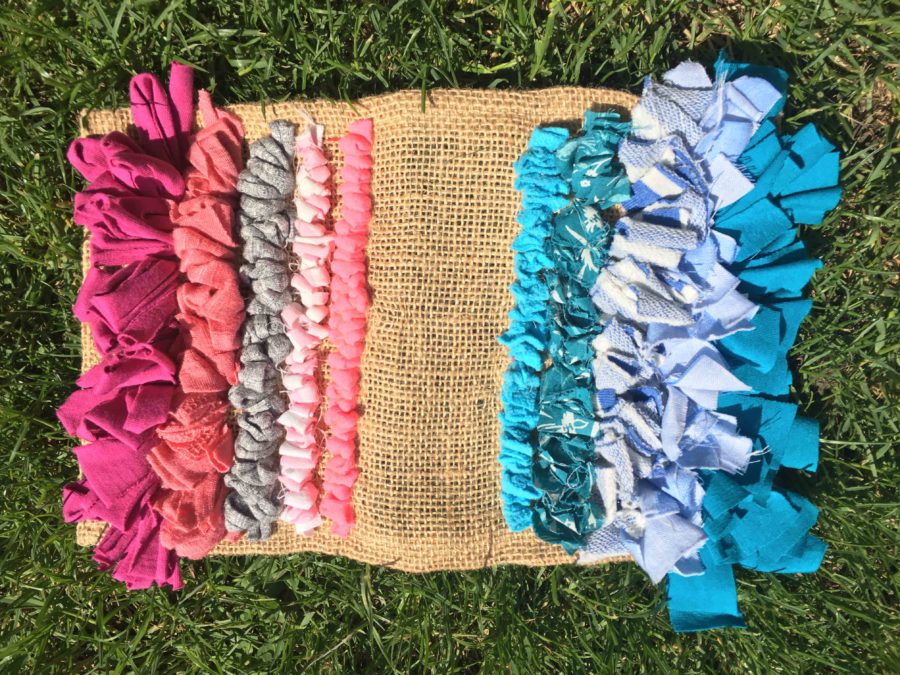
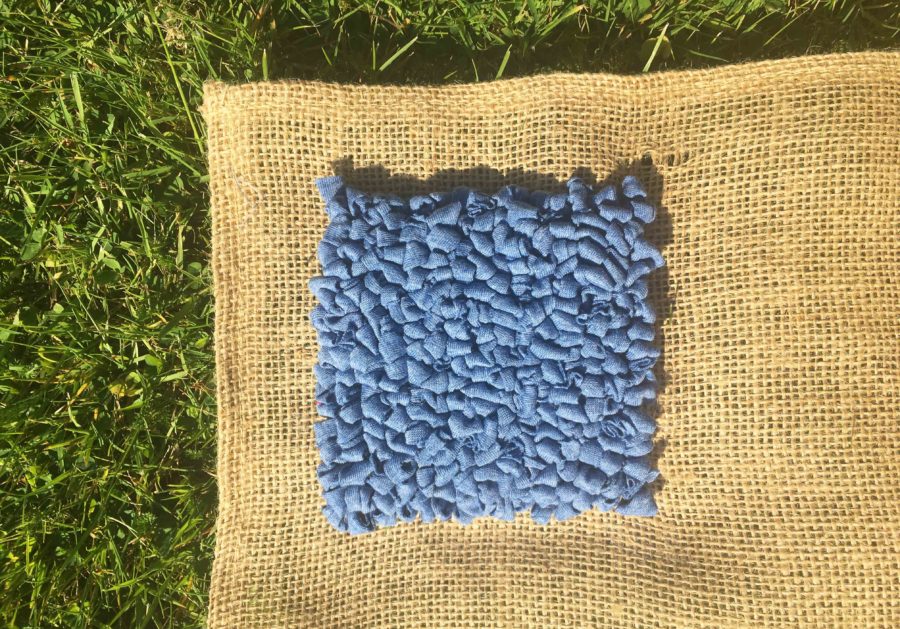
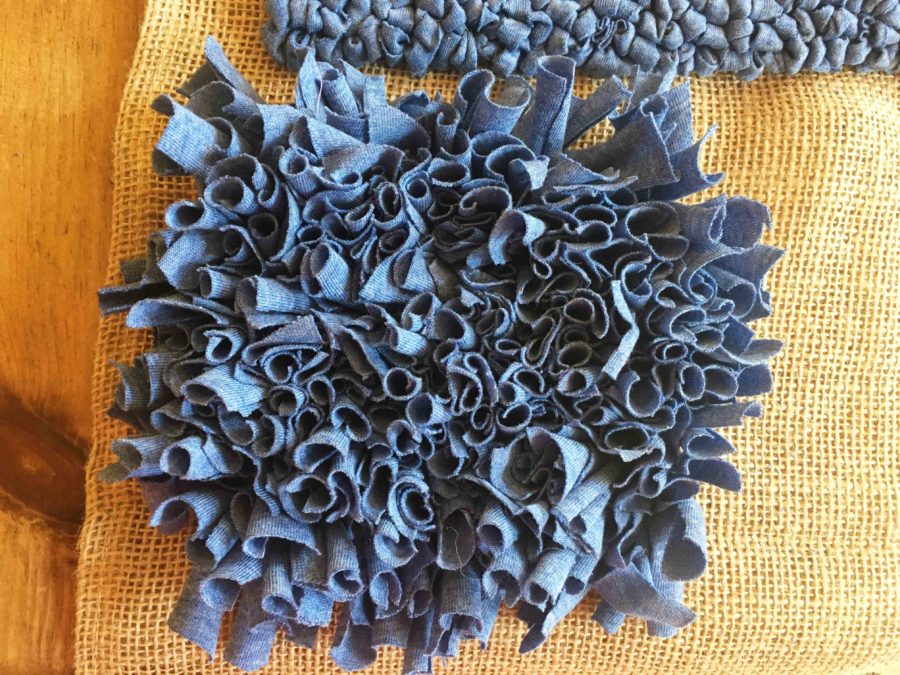
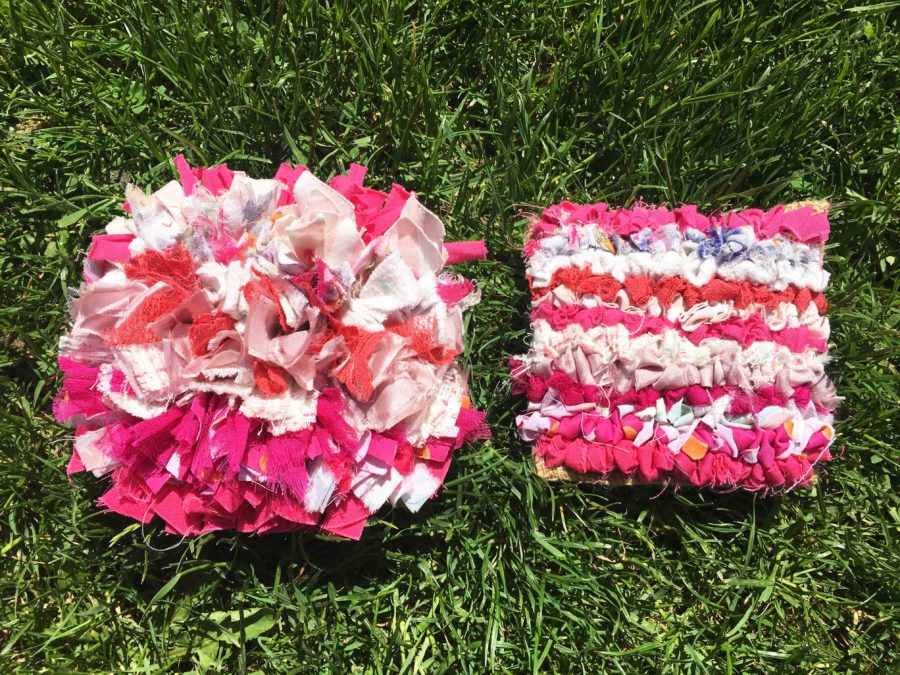
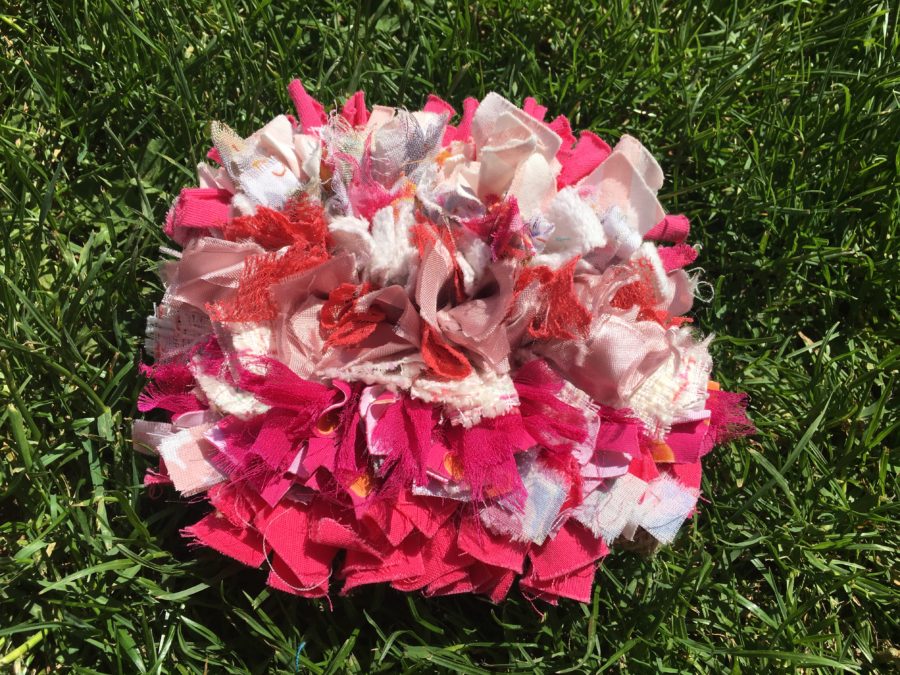
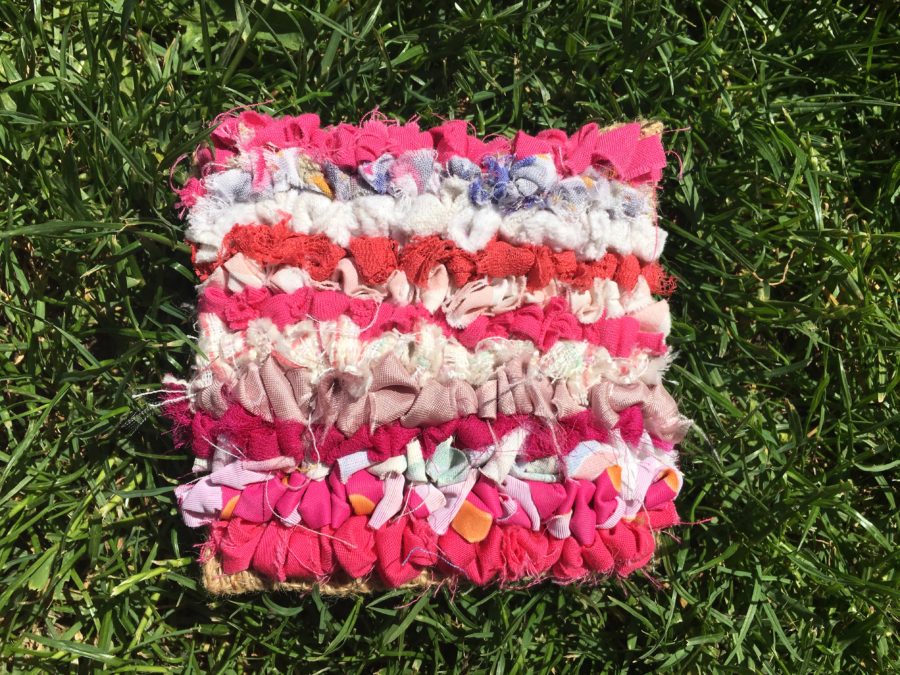
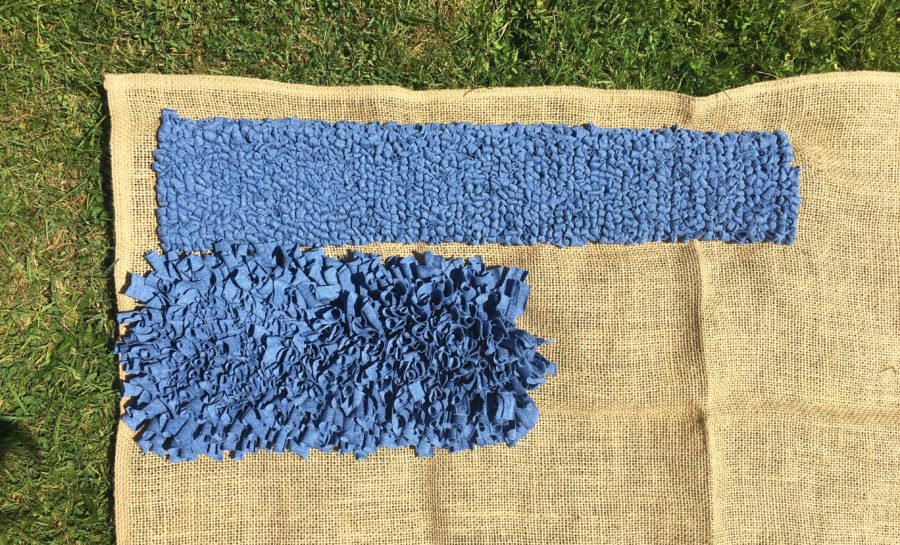
[…] How long does it take to make a rag rug? […]
[…] Cutting up a large man's t-shirt into long strips to do loopy rag rugging took me approximately 11 minutes and cutting up a large man's t-shirt into short strips to do shaggy rag rugging took me about 25 minutes total (yes, it took even longer than I thought it would take!) via […]
Hi, I’m new to this rag rug making. So my questions might sound silly but I’m a newbie at this. Would doing an overcast stitch around the edges of the rag strips work? It would give it some kind of edge design and protect the material from unraveling would it not? I know it would be extra work – but less maintenance if the material was protected?
Hi Lynda, apologies for not replying to this sooner. You could do an overcast strip around the edges of the rag rug strips, but I think that it would take quite a long time and a lot of thread for not much return. I would probably just steer clear of fabrics that fall apart too much 🙂 Hope that helps, Elspeth
As rag rugging doesn’t include knotting, I would be wary of hoovering it as I wouldn’t want any of the yarn to be sucked up the hoover! Can you assure me that this won’t happen.
Hi Trish, you’d be surprised by how hard wearing the rag rugging actually is. I’ve got a photo of me vacuuming my rag rug on YouTube actually 🙂 You just need to make sure that your rug is tight enough, so that the pieces are locked in.
I’ve just bought your book Rag Rugs, Pillows and More, and started on a shaggy project. I have various fabrics, but some offcuts of material seem to fray terribly when I cut them. You say fabrics that fray look great, but I fear the whole thing will fray away to nothing – what should I do?
Hi Patricia, it really does depend on the level of fraying. Generally, you’re ok to use fabrics with a finer weave, which fray a little when you pull them through the hessian, but don’t continue to shed all over the place. Do you know what fabric it was that you used? The ones I avoid are thick upholstery fabrics and poor quality sari fabrics (which fray like the devil). I would start off by giving what you’ve rag rugged a good vacuum 🙂